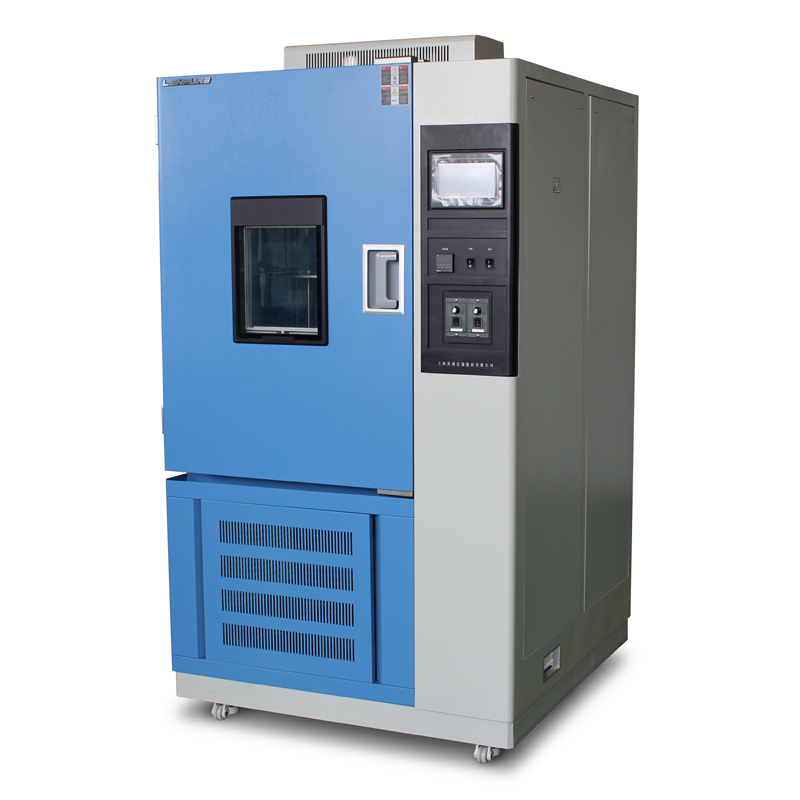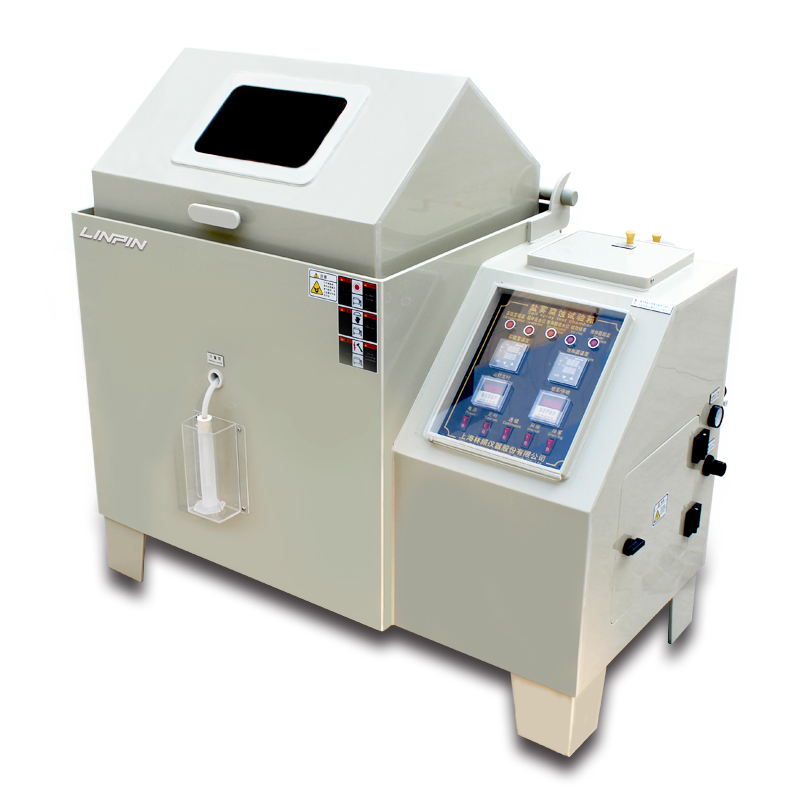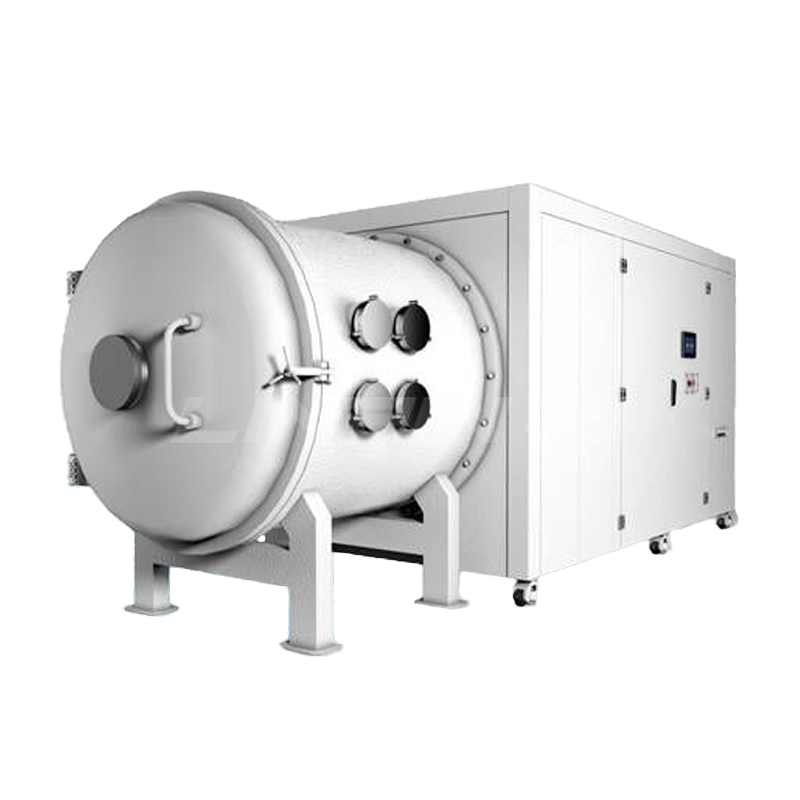Cracking in Ozone Aging Tests of New Energy Vehicle Battery Packs
Author:LINPIN Update Time:2025-08-18 Source:LINPINAs the global pursuit of renewable energy accelerates, new energy vehicles (NEVs), as a key driver of green mobility, place significant importance on the performance and durability of their core component—the battery pack. Among the many factors affecting battery pack lifespan, ozone aging is a critical consideration. This article explores the cracking phenomenon in NEVs' battery packs during ozone resistance testing and how scientific methods can enhance their performance and longevity.
What is Ozone Aging?
Ozone (O₃) is a strong oxidizing agent widely present in the environment. When ozone concentrations rise, prolonged exposure can trigger chemical reactions in materials, damaging the battery pack's casing and internal components. This aging process not only causes surface cracking, compromising insulation performance, but may also lead to more severe safety risks. Therefore, ozone aging testing is essential for ensuring the safety and stability of NEVs.

Impact of Cracking
The appearance of cracks typically indicates a degradation in material mechanical properties, affecting the structural integrity of the battery pack. For instance, if the casing cracks due to ozone exposure, moisture, dust, and other contaminants may infiltrate, leading to reduced battery performance or even hazardous incidents such as short circuits or overheating. Thus, enhancing ozone resistance in battery pack design and material selection is crucial.
Scientific Solutions to Cracking
To address cracking in ozone aging tests, many R&D teams and manufacturers are intensifying research on new materials and adopting advanced manufacturing technologies. High-performance ozone-resistant materials, such as specialized polymers and composites, are now available on the market. These materials not only exhibit superior aging resistance but also mitigate cracking to a certain extent.
Additionally, optimizing sealing processes and structural design during production is essential. By refining engineering solutions, external environmental impacts on battery packs can be minimized, fundamentally improving their durability and safety.
In the future of transportation, NEVs will play an increasingly vital role, with battery pack safety and durability being key determinants of their success. In-depth research and solutions for ozone aging resistance and cracking not only safeguard the reliability and safety of NEVs but also provide robust technical support for the realization of green mobility.





